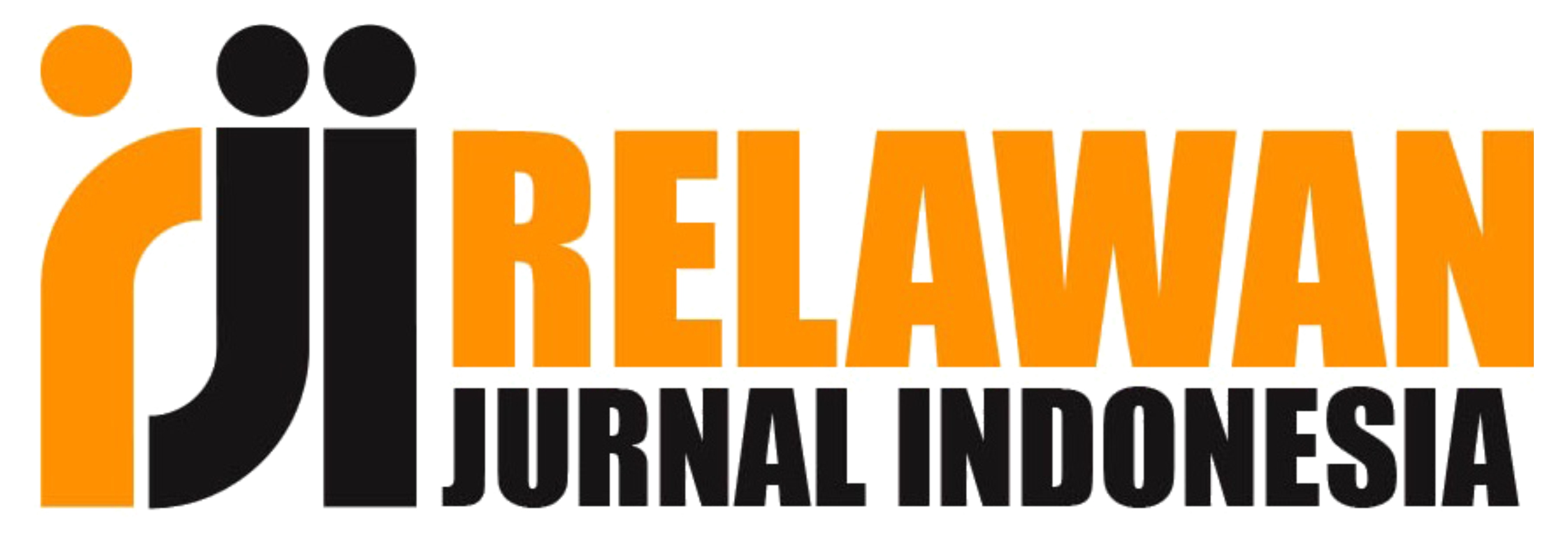Pengaruh kemampuan diri dan kesiapan untuk berubah terhadap kinerja Karyawan Monahara Center of Borobudur Study Kabupaten Magelang
DOI:
https://doi.org/10.61476/wd8vcz83Keywords:
Self Ability, Change Readiness, Work Motivation and Employee PerformanceAbstract
This study aims to examine the effect of self-ability and readiness to change on work motivation and employee performance, examine the effect of work motivation on employee performance, and examine the stronger influence between self-ability and readiness to change on performance if mediated by work motivation. The research sample was 127 employees of Manohara Center of Borobudur Study in Magelang District. The statistical analysis tool used in this study is the Multiple Linear Regression Analysis and Path Analysis model. Based on the results of the study using Multiple Linear Regression Analysis and path analysis (Path Analysis) shows the results between that self-ability and readiness to change have a significant effect on employee work motivation, self-ability has a significant influence on employee performance, while readiness to change does not have a significant effect on performance, work motivation has a significant influence on employee performance.
References
Amstrong, Michael. (1994). Manajemen Sumber Daya Manusia: A Handbook Of Human Resource Management. Jakarta : PT Elex Media Komputindo
Armenakis, A. A., Harris S. G., & Mosseholder, K. W. (1993). Creating Readiness for organizational change. Human Relation, Vol 46 No 5 Hal 141-156
Ayyub, Nadia. dan Shaguffa, Rafif. (2011). The Relationship Between Work Motivation and Job Satisfaction in Bank of Pakistan. http://jurnal-sdm.blogspot.com
Bernadine, H. John., and Russel, Joyce E. A. (1993). Human Resource Management: An Experimental Approach, Singapore, McGraw Hill
David L.W. (1997). The effects of organizational and individual learning on job satisfaction and organizational commitment. ProQuest Dissertations and Theses; 1997; ABI/INFORM Collection
Dessler, Gary.( 2006). Manajemen Sumber Daya Manusia, Edisi Kesepuluh. Jakarta: PT Indeks
Ghozali, Imam. (2005). Aplikasi Analisis Multivariate dengan program SPSS, Badan. Semarang : Penerbit Universitas Diponegoro
Gibson, James L., Ivancevich, John M., Donnely, James H., and Konopaske. (2009). Organizations: Behavior, Structure, Processes,New York, McGraw Hill
Greenberg, Jerald., and Baron, Robert A. (2003). Behavior in Organization, 8thedition, New Jersey, Prentice Hall
Hallgrimsson, T. (2008).Organizational Change and Change Readiness:Employees’ Attitudes during Times of Proposed Merger. Iceland: University of Tromso
Holt, D.T., Armenakis, A.A., Field, H.S., & Harris, S.G. (2007). Readiness for Organizational Change: The systematic Development of a Scale. Journal of Applied Behavioral Science, Vol 43 No 2 Hal 99-112
Hussey, D. E. (2000). How to Manage Organization Change. London: Kogan Page
Ibrahim, M, & Brobbey, V. A. (2015). Impact Of Motivation On Employee Performance. International Journal of Economics, Commerce and Management, United Kingdom. Vol. III, Issue 7
Madsen, S.R., Miller, D., and John, C.R. (2005). Readiness for organizational change: Do organizational commitment and social relationships in the workplace make a difference?” Human Resource Development Quarterly, Vol 16 No 2 Hal 119-212
Mathis, dan Jackson. (2002). Manajemen Sumber Daya Manusia, Edisi pertama, Cetakan Pertama, Yogyakarta : Salemba Empat
Robbins, Stephen P. (2010). Perilaku Organisasi, Jakarta, Indeks
Robbins, Stephen P. dan Judge, Timothy A. (2008). Perilaku Organisasi, Edisi 12 Buku 1. Jakarta: Salemba Empat
Siagian P. Sondang. (2008). Teori Pengembangan Organisasi. Jakarta:Bumi Aksara. Sinar Grafika Offset
Sule, E.T dan Saefullah (2005). Pengantar Manajemen. Prenada Media. Jakarta
Published
Issue
Section
License
Copyright (c) 2023 Muhdin (Author)

This work is licensed under a Creative Commons Attribution-ShareAlike 4.0 International License.












